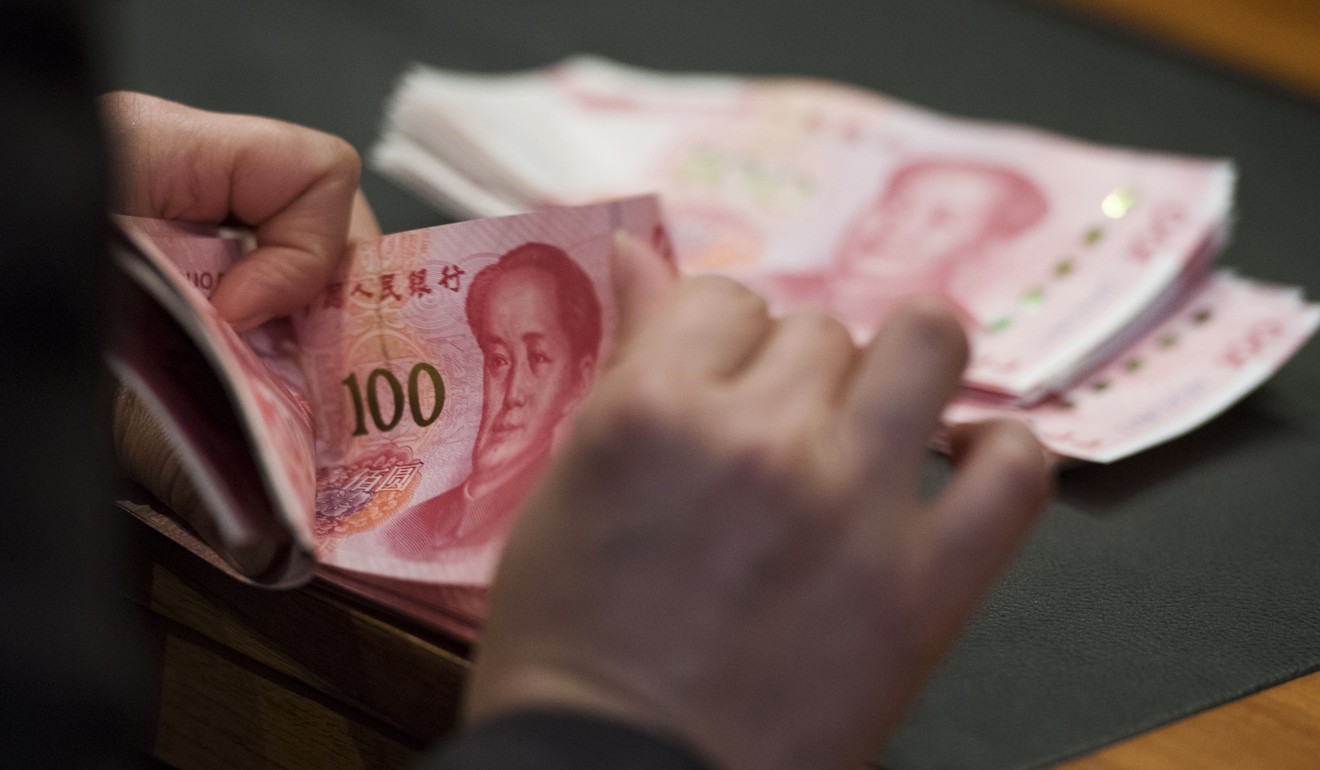
After Donald Trump’s move, taxes cut for Chinese firms from factories to farms
Reduced rates will add up to tax savings of US$38 billion a year
China will reduce taxes – worth 240 billion yuan (US$38.15 billion) a year – for factories, transport firms, builders, telecom operators and farmers from May 1, as it comes under pressure from tax cuts made by US President Donald Trump.
The value-added tax rate for manufacturers will be cut to 16 per cent from 17 per cent, while the rate for transport, construction, telecom operators and agricultural products will be lowered to 10 per cent from 11 per cent, the State Council said in a statement.
Beijing has also decided to raise the threshold of “small taxpayers” – from an annual turnover of 500,000 yuan for factories and 800,000 yuan for merchants to a unified threshold of 5 million yuan – meaning more small businesses will be taxed at lower rates.
Eligible businesses in the advanced manufacturing, service and power sectors will also be entitled to more tax rebates.
The measures, including the value-added tax cut, will amount to combined tax savings of at least 400 billion yuan a year, the cabinet announced on Wednesday night after a regular meeting.
The benchmark Shanghai Stock Composite Index gained 1.2 per cent on Thursday after the announcement.

While the Chinese government did not mention Trump or any external pressure in the statement, the move comes as the world’s major economies are slashing taxes after the US unveiled tax cuts worth US$1.5 trillion in December. The US move to cut corporate taxes – its biggest reduction in three decades – has seen other countries such as the UK and Japan follow suit, putting pressure on China as it tries to entice investors and stop its entrepreneurs from leaving the country.
Well-known economist Hua Sheng wrote in the official Shanghai Securities News this week that Trump’s move would put an end to China’s “low income tax” advantage against the US.
“Trump’s tax cuts have greatly reduced the tax burdens of American companies in the US, which is set to boost American corporate competitiveness and propel US economic growth – it’s a fact that can’t be denied,” Hua wrote.
“China must make preparations for the possible impact and respond in a proactive way.”
He added that China needed to cut its value-added tax rates significantly, especially for manufacturers.
The government has boasted about its own “tax cuts” and Beijing says it has already reduced taxes for its companies worth 2.1 trillion yuan in the last five years.
At the same time, the government has reported a steady increase in tax revenues. In the first two months of this year, value-added tax revenues surged 22 per cent from a year earlier to 1.3 trillion yuan, the Ministry of Finance said. Total tax revenues in January and February rose 18.4 per cent from a year earlier to 3.3 trillion yuan.
Last year, total tax revenue increased 10.7 per cent to 14.4 trillion yuan from 2016 – strong growth that gives Beijing leeway to reduce taxes.
Premier Li Keqiang said in his government work report at the National People’s Congress this month that Beijing planned to cut 800 billion yuan in taxes this year for corporate and individual taxpayers.

